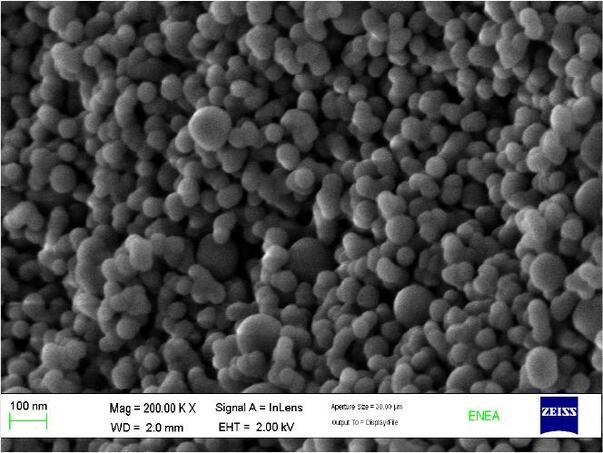Nanomaterials and safety
by Priscilla Reale, Simona Scalbi, Francesco Antolini - ENEA
Nanotechnology has the potential to create major technological breakthroughs, addressing societal challenges such as energy supply and health care, and therefore it has been identified as a key enabling technology.
Nonetheless, the use of nanomaterials also raises safety concerns.
COMMISSION RECOMMENDATION of 18 October 2011on the definition of nanomaterial
'Nanomaterial' means a natural, incidental or manufactured material containing particles, in an unbound state or as an aggregate or as an agglomerate and where, for 50% or more of the particles in the number size distribution, one or more external dimensions is in the size range 1nm-100nm.
In specific cases and where warranted by concerns for the environment, health, safety or competitiveness the number size distribution threshold of 50% may be replaced by a threshold between 1 and 50%.
Being small their properties are sometimes different compared to the same substance in bigger sizes: thermal, mechanical, magnetic and electrical properties can change.
Solubility, dispersivity, mobility and chemical reactivity are often enhanced and this rises questions about their potential risk for health and environment.
Higher surface could mean higher biodisponibility and perhaps higher toxicity!


Some of the properties that make NM so unique for technological applications (shape, small size, chemical composition, structure and greater surface area) can instead endanger human health through the induction of effects on cells, tissues, organs.
NM can cause oxidative stress and inflammation, penetrate biological barriers causing tissue damage, and can be transported through the bloodstream to other vital organs.
NM can interact with DNA and induce genotoxic damage, which is predictive of cancer.

RISK





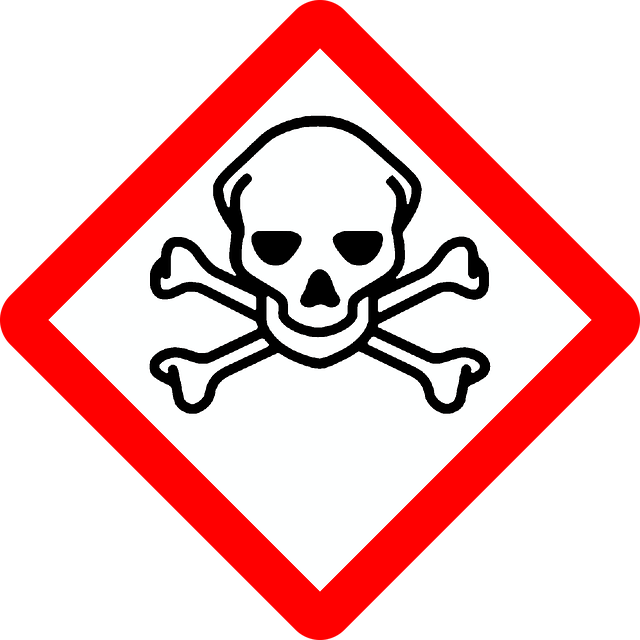




Risk is the result of: hazard x exposure
The hazard of a nanomaterial
Is determined by its chemical composition and physical properties, such as size, shape, crystal structure, surface functionalization and its (eco)toxicological effects.
Many many parameters!
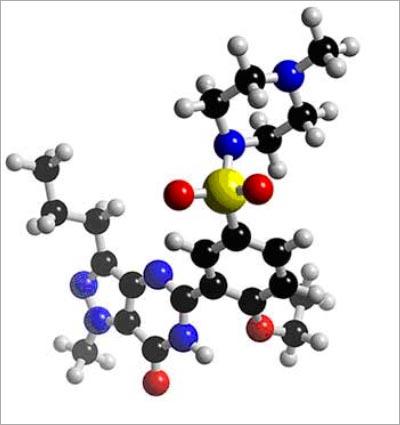
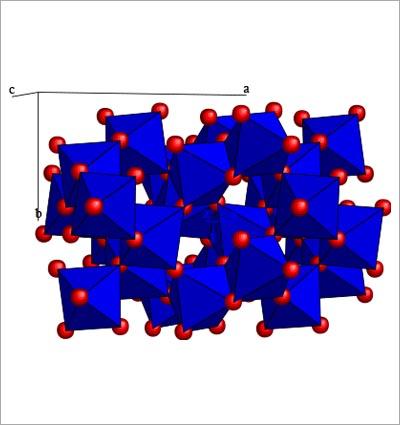
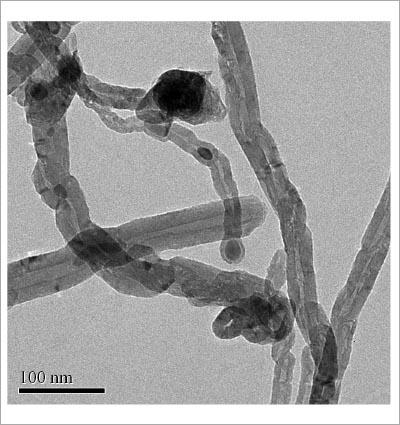
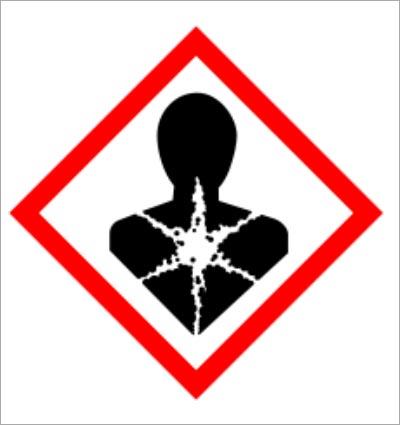
Risk is the result of: hazard x exposure
Considering the ubiquitous presence of nanomaterials and their impressive mobility exposure can occur in many different way. Some of them are of great concern, other less.
- ingestion
- inhalation
- dermal contact
- contact with the mucous membranes
For the exposure, both the duration and the dose are relevant.
While an high dose can have a sudden dramatic effect, a small but protracted exposure can bring to critical accumulation phenomena.
FURTHERMORE …
Few data and exposure models are available and…

once released into the environment,
NMs can undergo transformations, bringing to completely different and even unknown materials.
Characterizing and predicting environmental transformations is highly problematic, strictly depending upon chemical, physical and biological characteristics of the environment in which they occur.



And through the environment again, unsuspected exposure routes can occur

BUT ARE ALL NANOMATERIALS INTRINSICALLY HARMFUL?
POSITION OF THE EUROPEAN SCIENTIFIC COMMITTEES/AGENCIES
In its opinion of 19 January 2009, the Scientific Committee on Emerging and Newly Identified Health Risks (SCENIHR) concluded:
The hypothesis that smaller means more reactive and thus more toxic cannot be substantiated by the published data.
In this respect nanomaterials are similar to normal substances in that some may be toxic and some may not. As there is not yet a generally applicable paradigm for nanomaterial hazard identification, a case by case approach for the risk assessment of nanomaterials is recommended.”
TODAY'S KNOWLEDGE IS NOT COMPREHENSIVE ENOUGH
The hazard of nanomaterials is the result of nanotoxicology and eco-nanotoxicology studies.
The exposure assessment is better done considering the whole life cycle of NMs and nanotechnology-based products, and therefore LCA studies.
Both for the hazard and the exposure, the variables are too many and suitable and standardized methodologies are not available.
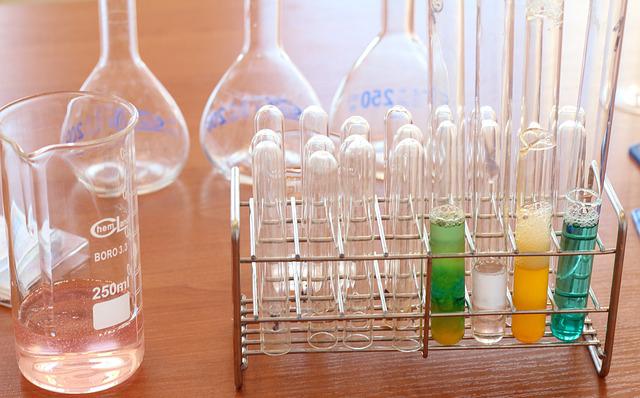
In order to reduce uncertainties best practices, guidelines and assessment practices, and methods for the safety evaluation of NMs are being developed, e.g. by the European Chemical Agency (ECHA) and within the Organisation for Economic Co-operation and Development (OECD) test guidelines program.
WORKING WITH NANOMATERIALS
People working with nanomaterials are of course particularly expose.
When working with nanomaterials, exposure depends on the process, the technical control measures deployed and, if these are not sufficient, the use of personal protective equipment.
Currently, there are no OELs at EU level for nanomaterials, most likely due to the fact that there is still a lack of information to determine them. In general, EU-wide OELs have only been set for a limited number of substances currently used in the workplace. Those binding and/or indicative limit values are laid down in EU directives.

REFERENCE REGULATIONS
Regulation (EC) No 1272/2008 of the European Parliament and of the Council of 16 December 2008 on Classification, Labelling and Packaging of Substances and Mixtures, Amending and Repealing Directives 67/548/EEC and 1999/45/EC, and Amending Regulation (EC) No 1907/2006, Off. J. EU 2008, L353, 1.
Regulation (EC) No 1907/2006 of the European Parliament and of the Council of 18 December 2006 concerning the Registration, Evaluation, Authorisation and Restriction of Chemicals (REACH), establishing a European Chemicals Agency, amending Directive 1999/45/EC and repealing Council Regulation (EEC) No 793/93 and Commission Regulation (EC) No 1488/94 as well as Council Directive 76/769/EEC and Commission Directives 91/155/EEC, 93/67/EEC, 93/105/EC and 2000/21/EC, Off. J. EU 2006, L396, 1.
Regulation (EC) No 1223/2009 of the European Parliament and of the Council of 30 November 2009 on Cosmetic Products, Off. J. EU 2009, L342, 59.
Regulation (EU) 2015/2283 of the European Parliament and of the Council of 25 November 2015 on Novel Foods, Amending Regulation (EU) No 1169/2011 of the European Parliament and of the Council and repealing Regulation (EC) No 258/97 of the European Parliament and of the Council and Commission Regulation (EC) No 1852/2001, Off. J. EU 2015, L327, 1.
European Parliament and Council, Regulation (EU) No 1169/2011 of the European Parliament and of the Council of 25 October 2011 on the Provision of Food Information to Consumers, Amending Regulations (EC) No 1924/2006 and (EC) No 1925/2006 of the European Parliament and of the Council, and Repealing Commission Directive 87/250/EEC, Council Directive 90/496/EEC, Commission Directive 1999/10/EC, Directive 2000/13/EC of the European Parliament and of the Council, Commission Directives 2002/67/EC and 2008/5/EC and Commission Regulation (EC) No 608/2004, Off. J. EU 2011, L304, 18.
Commission Regulation (EU) No 10/2011 of 14 January 2011 on Plastic Materials and Articles Intended to Come into Contact with Food, Off. J. EU 2011, L12, 1.
European Union, 2012. Regulation (EU) No 528/2012 of the European Parliament and of the Council of 22 May 2012 Concerning the Making Available on the Market and Use of Biocidal Products, Off. J. EU 2012, L167, 1.


